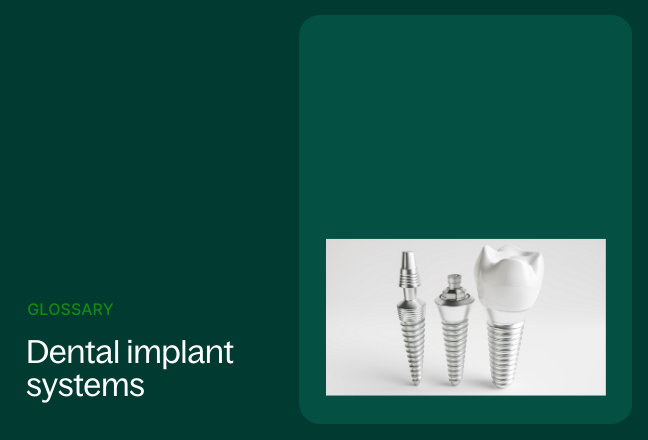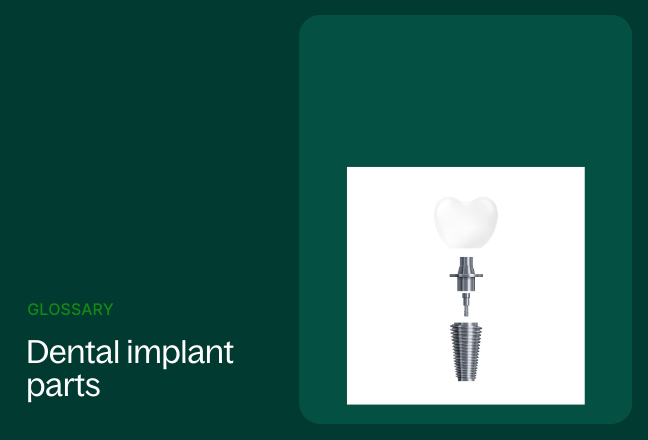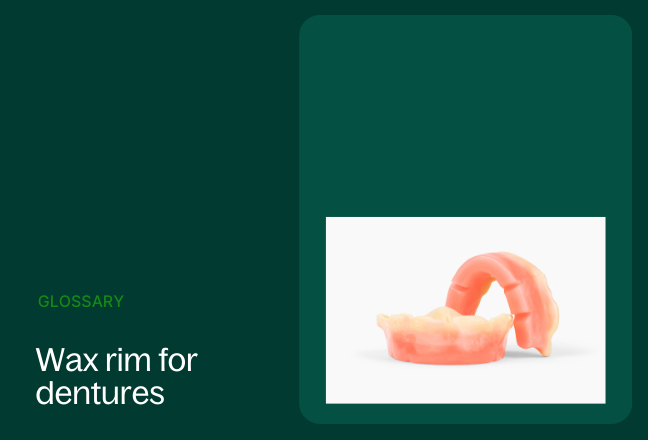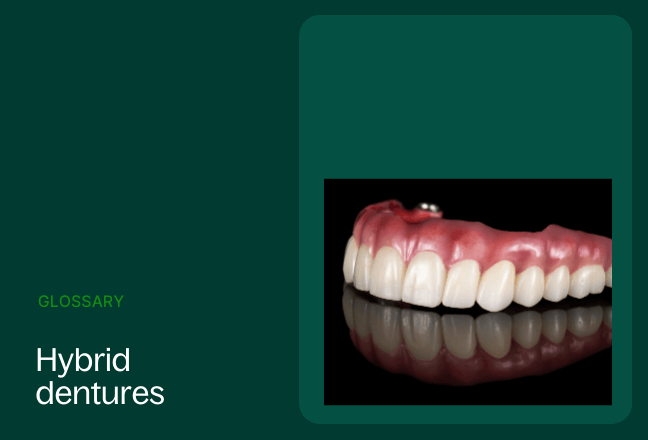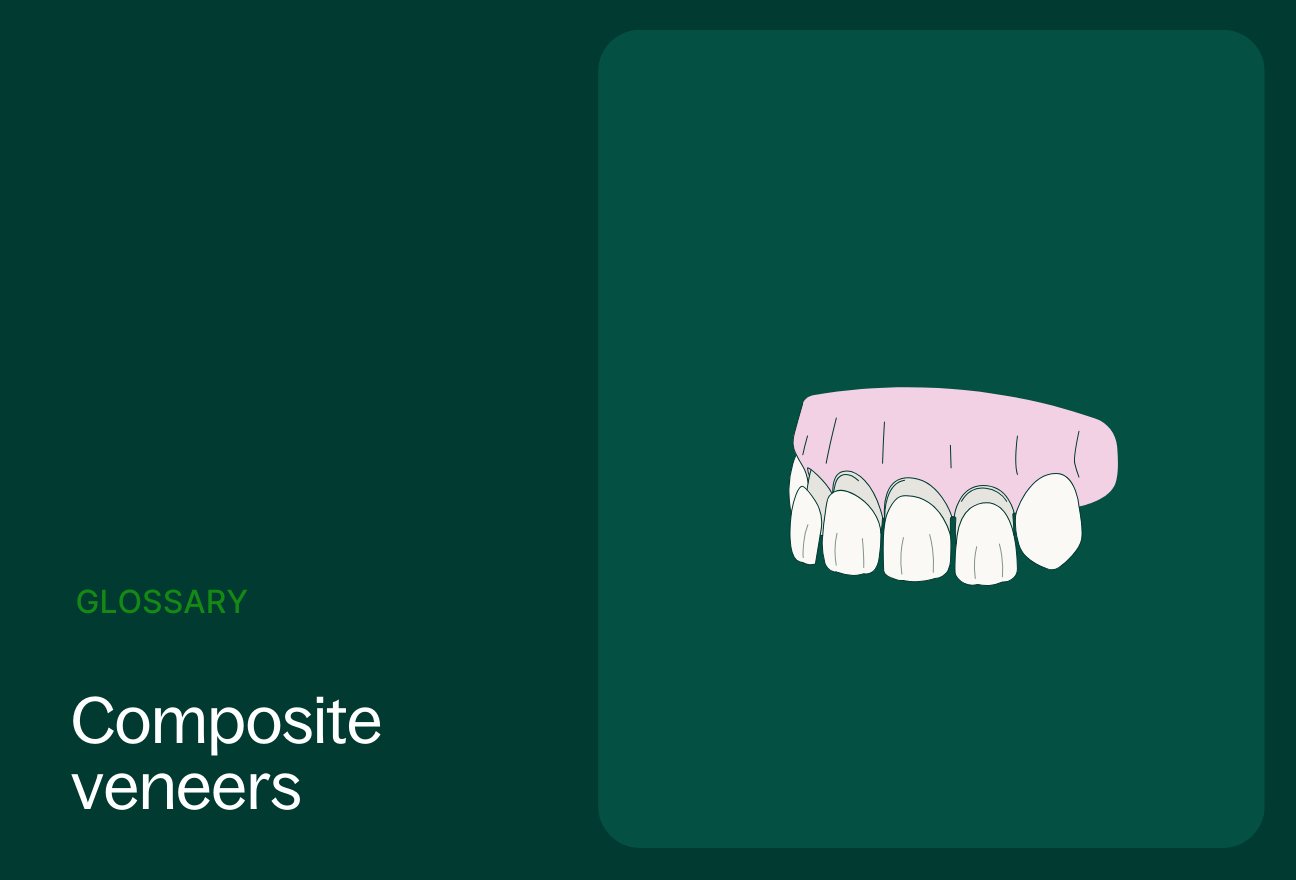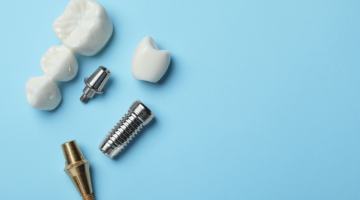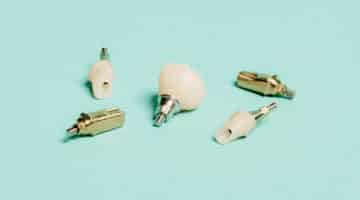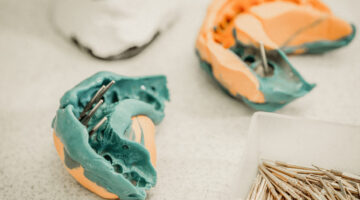A dental implant system is comprised of a few medical devices that work in congruence when embedded in a patient’s jaw for both the aesthetics of housing a tooth replacement and the functionality of chewing.
Dental implant systems have come a long way over the years, evolving to fit both the visual and practical needs of patients and doctor’s preferences. Each patient is different and there is a dental implant that fits them. We’ll be looking at the various implant systems in dentistry and discuss how to choose the best one for your practice.
There are three distinct types of dental implant systems:
- Endosteal implants: These are the most common type of dental implant. They are placed into the jawbone and fuse with the bone to create a stable foundation for the replacement tooth. Endosteal implants are available in a variety of shapes and sizes to accommodate different patient needs.
- Subperiosteal implants: These implants are placed on top of the jawbone, under the gum tissue. They are not as common as endosteal implants, but they may be an option for patients who have inadequate jawbone density.
- Zygomatic implants: These implants are placed into the zygomatic bone, which is located in the cheekbone. They are used for patients who have severe jawbone loss and cannot support traditional dental implants.
What makes up a dental implant?
Dental implant systems are composed of three major parts: the implant fixture, the abutment, and the implant crown.
- The implant fixture is a screw-shaped metal rod that is inserted into the jaw bone to serve as a replacement for the tooth root. It is typically made of titanium, a biocompatible material that fuses well with bone. In some instances zirconia is used, particularly for patients who may have an allergy to titanium.
- The implant abutment is a small connector piece that is attached to the implant fixture. It provides a foundation for the implant crown to be placed on. Abutments can be made of a variety of materials, most commonly titanium and zirconia.
- The implant crown is the visible part of the dental implant. Crowns are used to replace single teeth, with other dental implant components used if more extensive work is needed. A bridge is used to replace multiple teeth, and dentures are used to replace all of the teeth in the arch. Implant crowns can be made of a variety of materials, including zirconia, metal, porcelain fused to metal (PFM) and ceramics like lithium disilicate.
The top eight dental implant brands
Straumann
Founded in 1954 in Basel, Switzerland, Straumann has been a leader in dental implant systems since introducing the world’s first one-stage dental implant in 1974. Straumann products are available in more than 70 countries with manufacturing facilities in Brazil, Germany, India, Switzerland and the United States. Straumann implants have a 10-year success rate of 97-99%.
Nobel Biocare
The Nobel Biocare story begins with the groundbreaking work in osseointegration done by professor Per-Ingvar Brånemark and the Swedish company Bofors back in 1965. Today the company is based in Zurich, Switzerland. Nobel Biocare products are available in more than 80 countries with four manufacturing facilities in the United States, Sweden and Japan. Over a 10-18 year period Nobel Biocare implants have a prosthetic survival rate of 98.8%.
Zimmer Biomet
Zimmer Biomet was founded in 1927 in the United States. Today their headquarters are located in Warsaw, Indiana. The company has operations in more than 25 countries and sells their products in more than 100 countries around the world. Production of their dental implant systems takes place primarily at their Warsaw headquarters. Over a 10-year period Zimmer Biomet implants have a survival rate of 99.3%.
Biohorizons
Biohorizons was founded in 1994 through the research conducted by Carl E. Misch, DDS, Martha Bidez, PhD and Todd Strong, COO of BioHorizons at the University of Alabama at Birmingham. The company still calls Birmingham their home today, while they have expanded operations to 90 markets across the globe. Their dental implant systems boast a success rate of 99.2%.
Hiossen
Hiossen was founded in 1996 by parent company Osstem, with the company now known as Hiossen Implants emerging in 1997 out of Englewood Cliffs, New Jersey. Today the company has operations in more than 40 countries with a sales presence in more than 70 countries worldwide. All Hiossen implants are manufactured in the United States at their facility located in Pennsylvania. In a 2010 study that surveyed 1246 implants across 340 patients, Hiossen dental implants had a survival rate of 98.6%.
Dentsply Sirona
Prior to their 2016 merger, DENTSPLY and Sirona each had a respective history stretching back to the 19th century. DENTSPLY was founded in New York City in 1899 with Sirona getting their start even earlier in 1877 based out of Erlangen, Germany. Dentsply Sirona is currently the world’s largest manufacturer of professional dental products and technologies with operations in more than 40 countries and a sales presence in more than 120 countries worldwide. The company has production facilities in the United States, Sweden, Belgium and Japan. A 10-year prospective study of single tooth implants placed in the anterior maxilla was able to confirm a 100% survival rate for implants and a 90% survival rate for crowns.
Implant Direct
Implant Direct was founded in 2006 in Valencia, California. The company is part of the Envista family and they say their aim is to disrupt the industry by improving standards focusing on usability, pragmatism and simplicity. Implant Direct’s dental implant systems are all manufactured in the state of California. We could not find success rate for Implant Direct’s implant and have reached out to the company.
MegaGen
MegaGen was founded in Seoul, South Korea in 2002. Since the company’s earliest days they have followed a vision to provide the best tools to dental professionals so they can achieve the best results for their patients. The company has a presence in over 100 countries thanks to their relationship with more than 90 distributors and 12 affiliates. A study conducted in 2017 surveyed 34 patients and found a survival rate of 100% with an overall success rate of 95.2% as two implants had their prosthetic abutments loosened.
Different implant retention methods
Dental implant retention methods are the techniques used to keep dental implants in place. There are three main types of implant retention methods: screw-retained, cement-retained, and friction-retained.
- Screw-retained implants are the most common type of implant retention method. They are held in place by a screw that is threaded into the implant. Screw-retained implants are easy to place and remove, and they offer a strong and secure connection between the implant and the restoration.
- Cement-retained implants are held in place by a cement that is applied to the implant and the restoration. Cement-retained implants are less common than screw-retained implants, but they can be a good option for patients who have bone loss or who are allergic to metals.
- Friction-retained implants are held in place by friction between the implant and the restoration. Friction-retained implants are the least common type of implant retention method, but they can be a good option for patients who have limited space in their mouth or who have difficulty with traditional screw-retained or cement-retained implants.
The best type of implant retention method for you will depend on your individual needs and circumstances. Your dentist can help you decide which method is right for you.
Choosing a dental implant system
Choosing the right dental implant system is a crucial decision that should be made by weighing the needs of your patient and your trust in the manufacturer. Another factor that we want to give you the grace to add to the decision-making process is your comfort as the doctor with the particular system. We hope this overview helps you make more informed decisions about your next implant procedures.
